By Dr. Pepper Hernandez ND, PhD, BCHP, CTC, CNHP
When creating edibles, the exciting but sometimes challenging part of the process is making sure each edible has the correct dosage. Many of us want them to be consistent in strength across the batch. Here are some tips and tricks that may help beginners ensure they’re calculating the correct amount for themselves.
FIRST THINGS FIRST:
Make sure you know the THC percentage is in the strain you plan to cook with.
- Many recipes call for strains that are about 10 percent THC.
- Strains with 15-20 percent THC are above average, and those with 21 percent THC or higher are exceptionally strong. Also, take into consideration if you are using flowers or biomass? There can be a large difference in the THC percentage.
- If you can’t find plant genetic information or cannabinoid lab tests for your strain, estimate at 15 percent THC to be safe. You can always eat more later.
- For every gram of cannabis, the flower has 1000 mg of dry weight. If a strain has 10 percent THC, then 10 percent of 1000 mg would be 100 mg. It’s safe to assume that one gram of cannabis contains at least 100 mg THC for cooking at home.
Using this dosage measurement method, calculate THC per serving. Take the amount of organic ground cannabis, convert it to milligrams, and divide it by the recipe yield to determine a per-serving dose of THC. A starting dosage for beginners is 5 mg per serving—three grams of ground cannabis equal to 300 mg THC. Three hundred mg divided by the recipe yield (if a cookie recipe makes 60 cookies) equals 5 mg per cookie. If you want to be even more cautious with your homemade cannabis butter or oil, use half the dosage (2.5 mg per serving).
There are various options for adding your cannabis butter, coconut oil or even concentrate into or on your goodies. In my opinion, below are three of the best ways to add THC with the proper dosage for cannabis butter or oil.
1. Try It Yourself
Sampling the cannabutter to figure out the desired effect is the best way to start. Typically, I’ll try about half a teaspoon of my new batch of cannabutter on an evening or day when I don’t have anywhere to be. I usually put it in a golden milk/turmeric tea or coffee. But you can use it on whatever type of dish you would normally garnish with butter. I find this to be an excellent gauge of strength.
2. Think About Your Serving Size
This works in combination with tip number one. Once you’ve determined how much cannabis butter or oil makes an effective dose, you can easily figure out how much to include in a recipe. For example, let’s say I’m making brownies and want nine servings. If I’ve determined that 1.5 teaspoons per serving are a good dose, I need to use 13.5 teaspoons, or about 4.5 tablespoons, for the entire recipe. In this case, I’d use five tablespoons of cannabis butter or oil. If the recipe calls for more fat, I’ll make up the difference with regular unsalted butter or coconut oil.
3. Apply Individually
This tip is particularly helpful if you’re making a “mixed” batch of goodies – i.e., some infused, some not. If this is the case, I suggest apportioning your cannabis butter or oil individually. Let’s imagine you’re making cupcakes. First, make the batter according to the recipe (without fat). Then, once the batter is apportioned into the individual cups (but before baking), spoon a portion of cannabis butter or oil into the center of as many of the cups as you like. Bake according to the recipe instructions, and you’ll end up with some cannabis edibles and some plain cupcakes. You don’t actually have to bake with your cannabis butter or oil; it can be melted and drizzled on top of a finished food item. If you’ve made an amazing pineapple turnover that you know could be improved with THC’s addition, you can simply dribble it on at the end.
This is just the beginning. We will be exploring many more Cannabinoid Recipes, Affective Strains, Terpenes and Cultivars in the coming issues. Whatever you choose, make it with love. Try it out, and remember that everyone has different tolerance levels, so making the perfect batch for you is what you should be going for.
Go forth. Go cannabis.
All information in this article is for educational purposes only. The information provided is derived from research gathered from external sources. Please check with your Cannabis Educated Primary Health Care Physician or Educated & Trained Cannabis Therapy Consultant before beginning any new diet or lifestyle change.
Written by Dr. Pepper Hernandez ND, PhD, BCHP, CTC, CNHP in ECS & Naturopathic Medicine, Cannabis Therapy Consultant, The Founder and Education Director of the Cannabis Holistic Institute. To find out more about her Telemedicine Consultations, Educational Programs, YouTube videos, and other creative content, you can and find her on the massive inter-webs on all platforms or at drpepperhernandez.com.




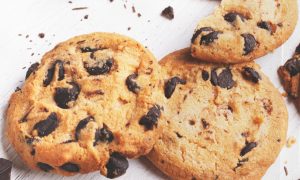




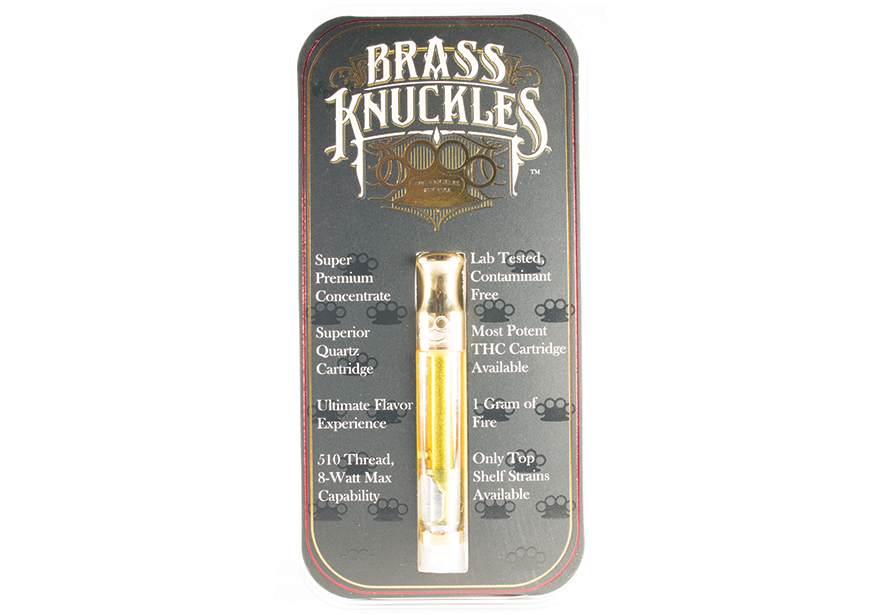
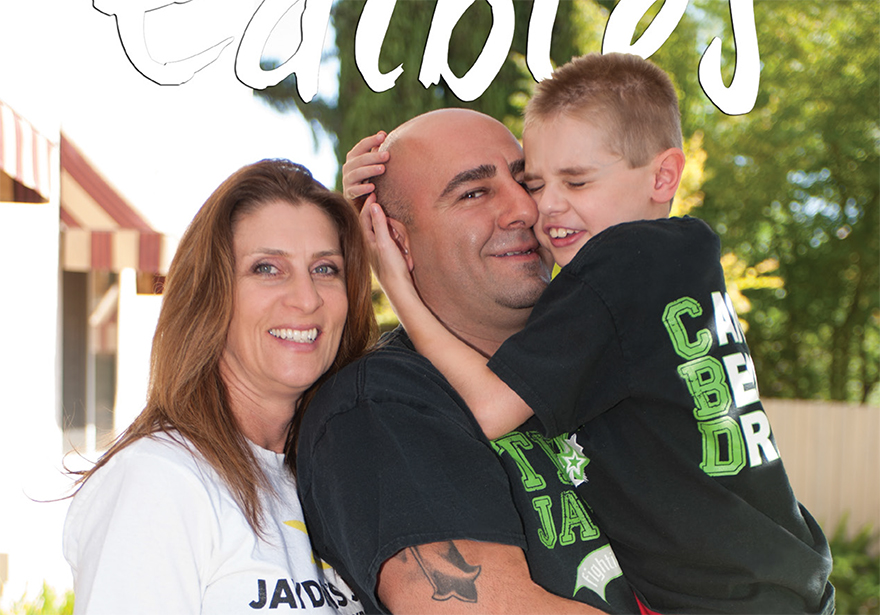
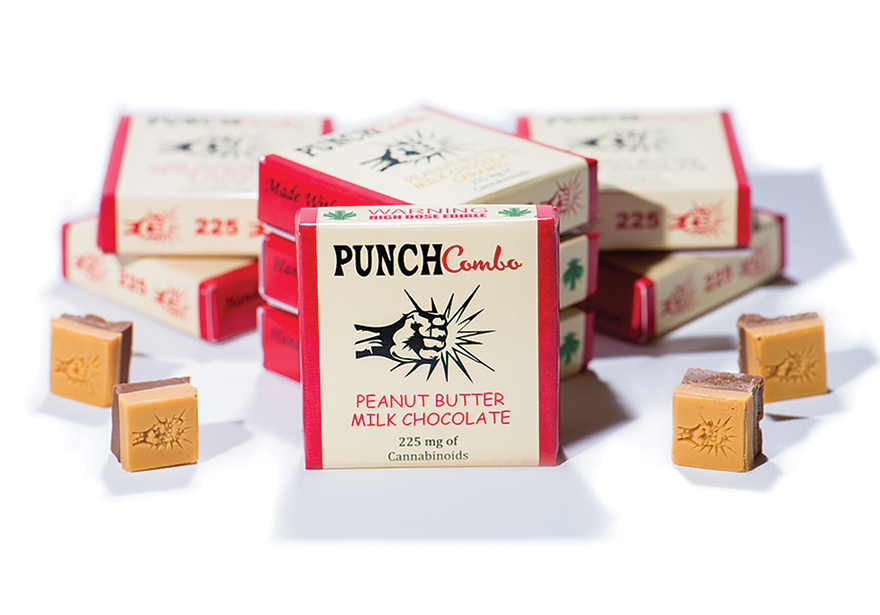


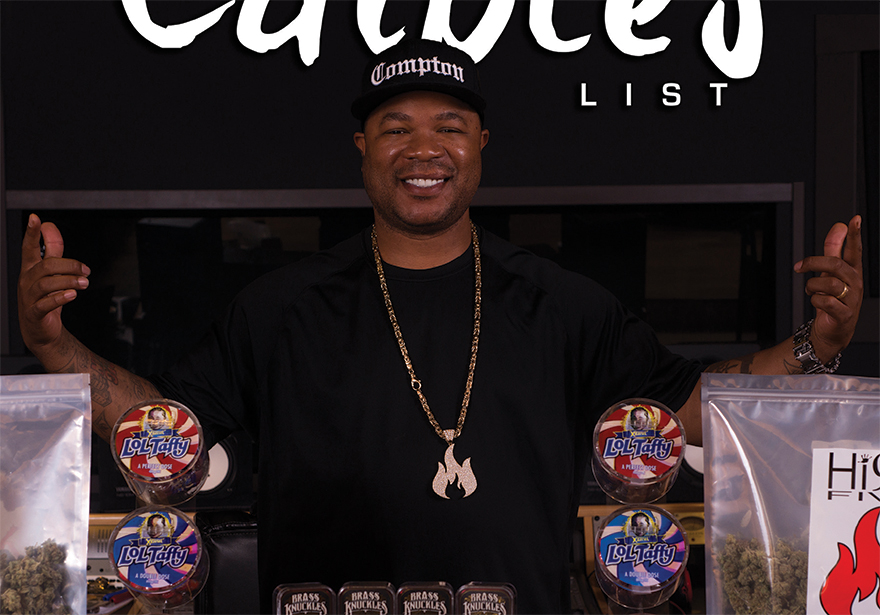
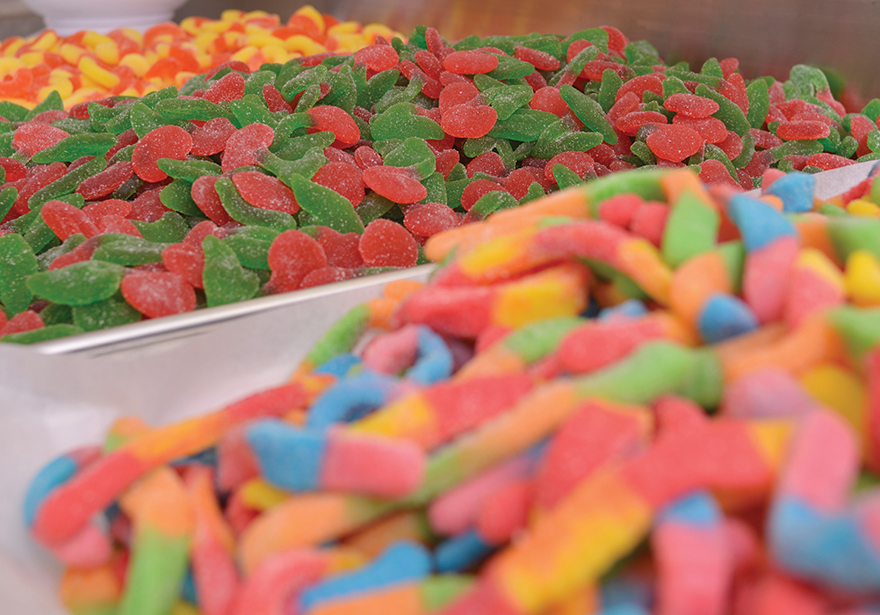
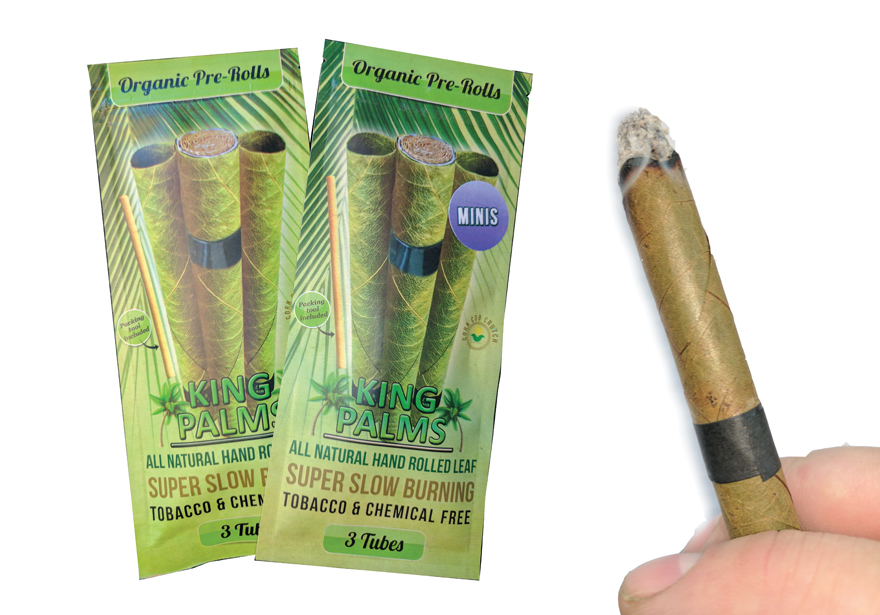
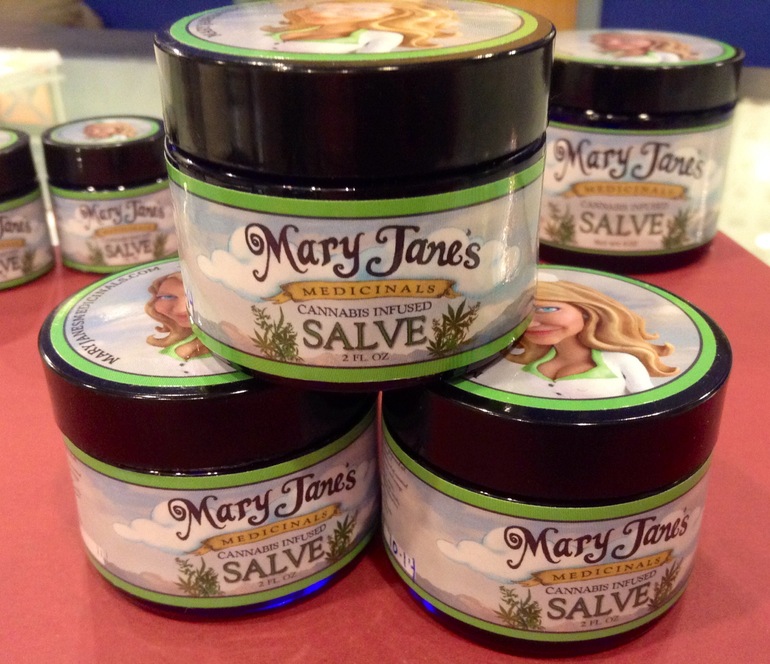
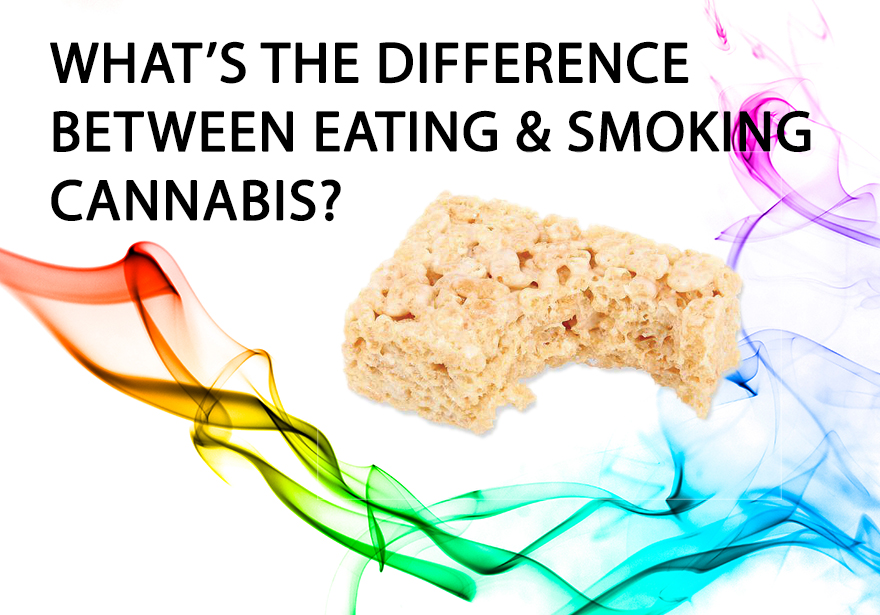
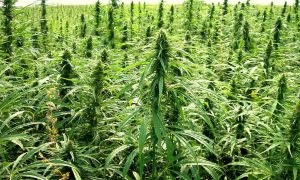



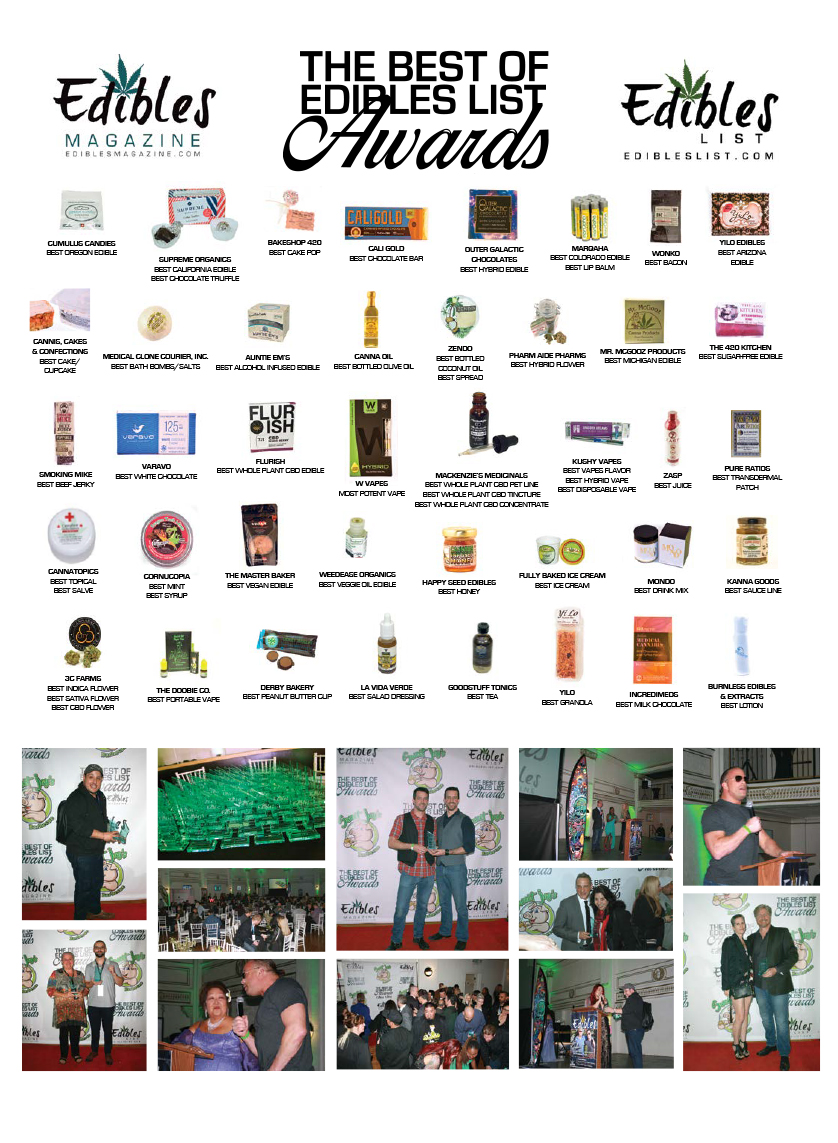
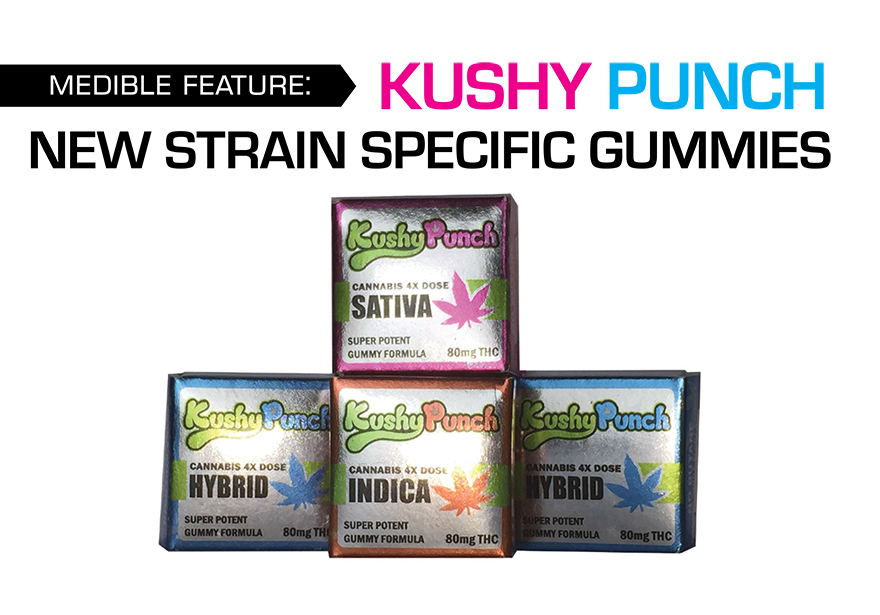
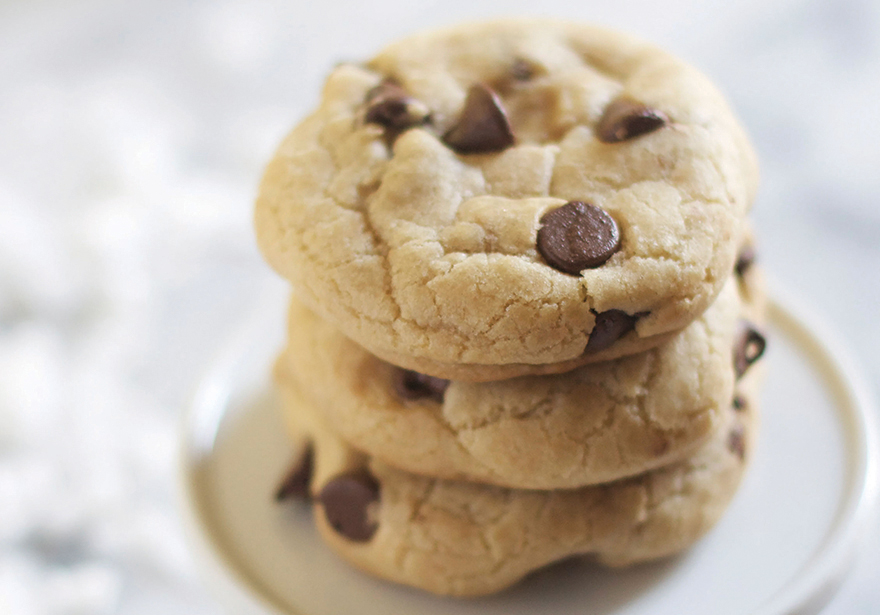





 Afrikaans
Afrikaans Albanian
Albanian Amharic
Amharic Arabic
Arabic Armenian
Armenian Azerbaijani
Azerbaijani Basque
Basque Belarusian
Belarusian Bengali
Bengali Bosnian
Bosnian Bulgarian
Bulgarian Catalan
Catalan Cebuano
Cebuano Chichewa
Chichewa Chinese (Simplified)
Chinese (Simplified) Chinese (Traditional)
Chinese (Traditional) Corsican
Corsican Croatian
Croatian Czech
Czech Danish
Danish Dutch
Dutch Esperanto
Esperanto Estonian
Estonian Filipino
Filipino Finnish
Finnish French
French Frisian
Frisian Galician
Galician Georgian
Georgian German
German Greek
Greek Gujarati
Gujarati Haitian Creole
Haitian Creole Hausa
Hausa Hawaiian
Hawaiian Hebrew
Hebrew Hindi
Hindi Hmong
Hmong Hungarian
Hungarian Icelandic
Icelandic Igbo
Igbo Indonesian
Indonesian Irish
Irish Italian
Italian Japanese
Japanese Javanese
Javanese Kannada
Kannada Kazakh
Kazakh Khmer
Khmer Korean
Korean Kurdish (Kurmanji)
Kurdish (Kurmanji) Kyrgyz
Kyrgyz Lao
Lao Latin
Latin Latvian
Latvian Lithuanian
Lithuanian Luxembourgish
Luxembourgish Macedonian
Macedonian Malagasy
Malagasy Malay
Malay Malayalam
Malayalam Maltese
Maltese Maori
Maori Marathi
Marathi Mongolian
Mongolian Myanmar (Burmese)
Myanmar (Burmese) Nepali
Nepali Norwegian
Norwegian Pashto
Pashto Persian
Persian Polish
Polish Portuguese
Portuguese Punjabi
Punjabi Romanian
Romanian Russian
Russian Samoan
Samoan Scottish Gaelic
Scottish Gaelic Serbian
Serbian Sesotho
Sesotho Shona
Shona Sindhi
Sindhi Sinhala
Sinhala Slovak
Slovak Slovenian
Slovenian Somali
Somali Spanish
Spanish Sundanese
Sundanese Swahili
Swahili Swedish
Swedish Tajik
Tajik Tamil
Tamil Telugu
Telugu Thai
Thai Turkish
Turkish Ukrainian
Ukrainian Urdu
Urdu Uzbek
Uzbek Vietnamese
Vietnamese Welsh
Welsh Xhosa
Xhosa Yiddish
Yiddish Yoruba
Yoruba Zulu
Zulu